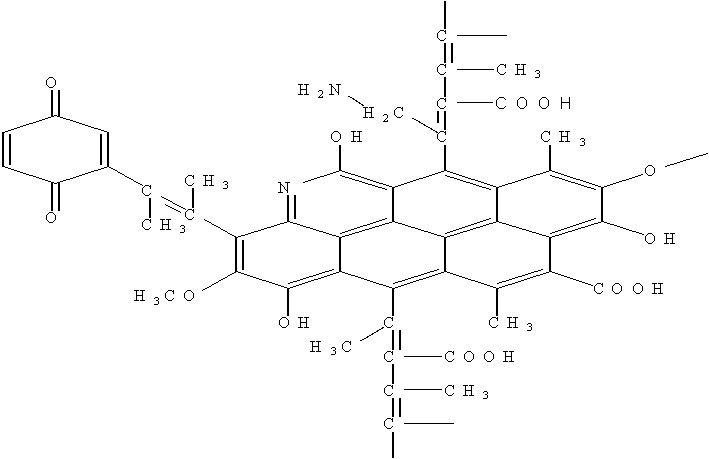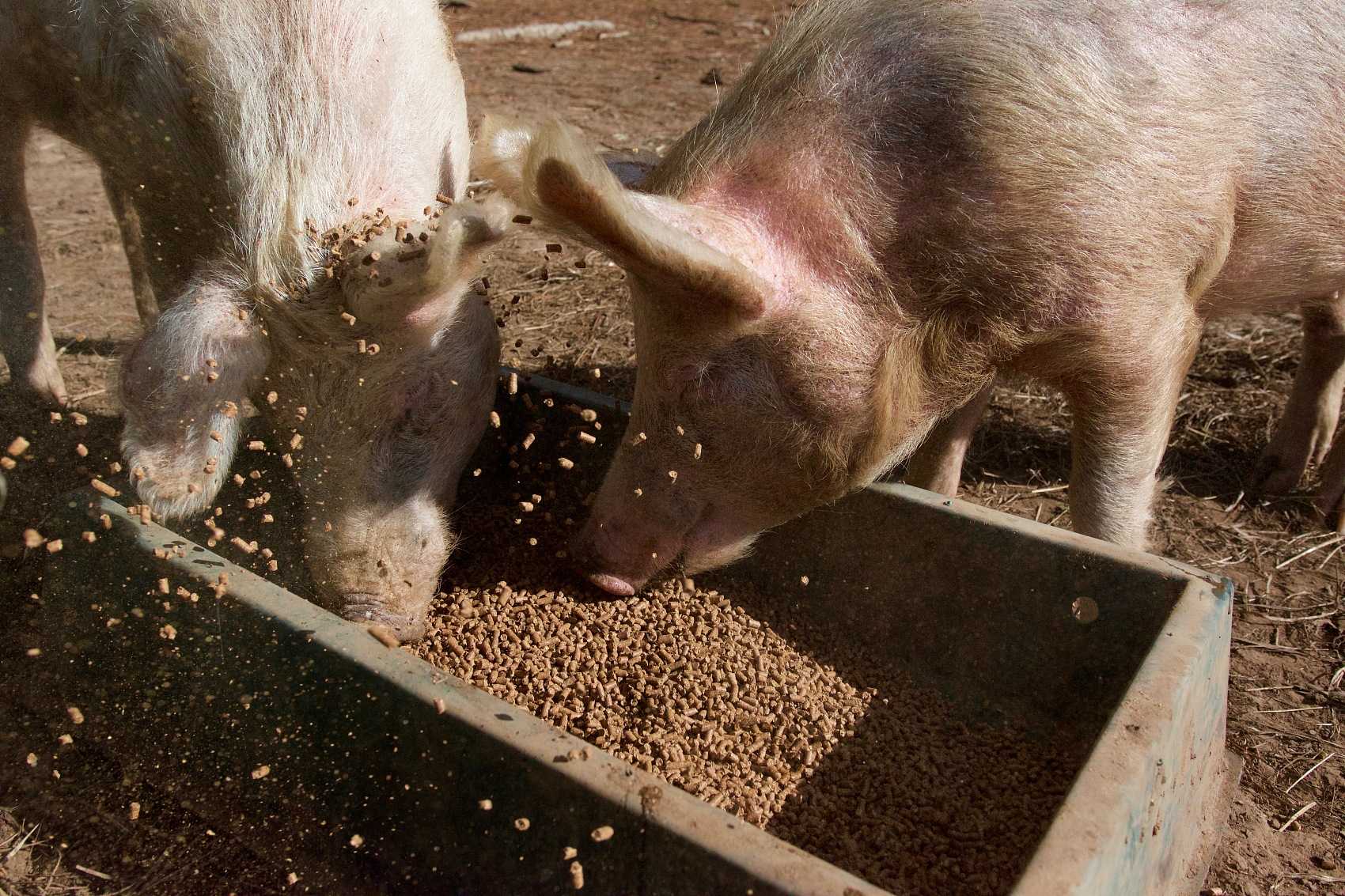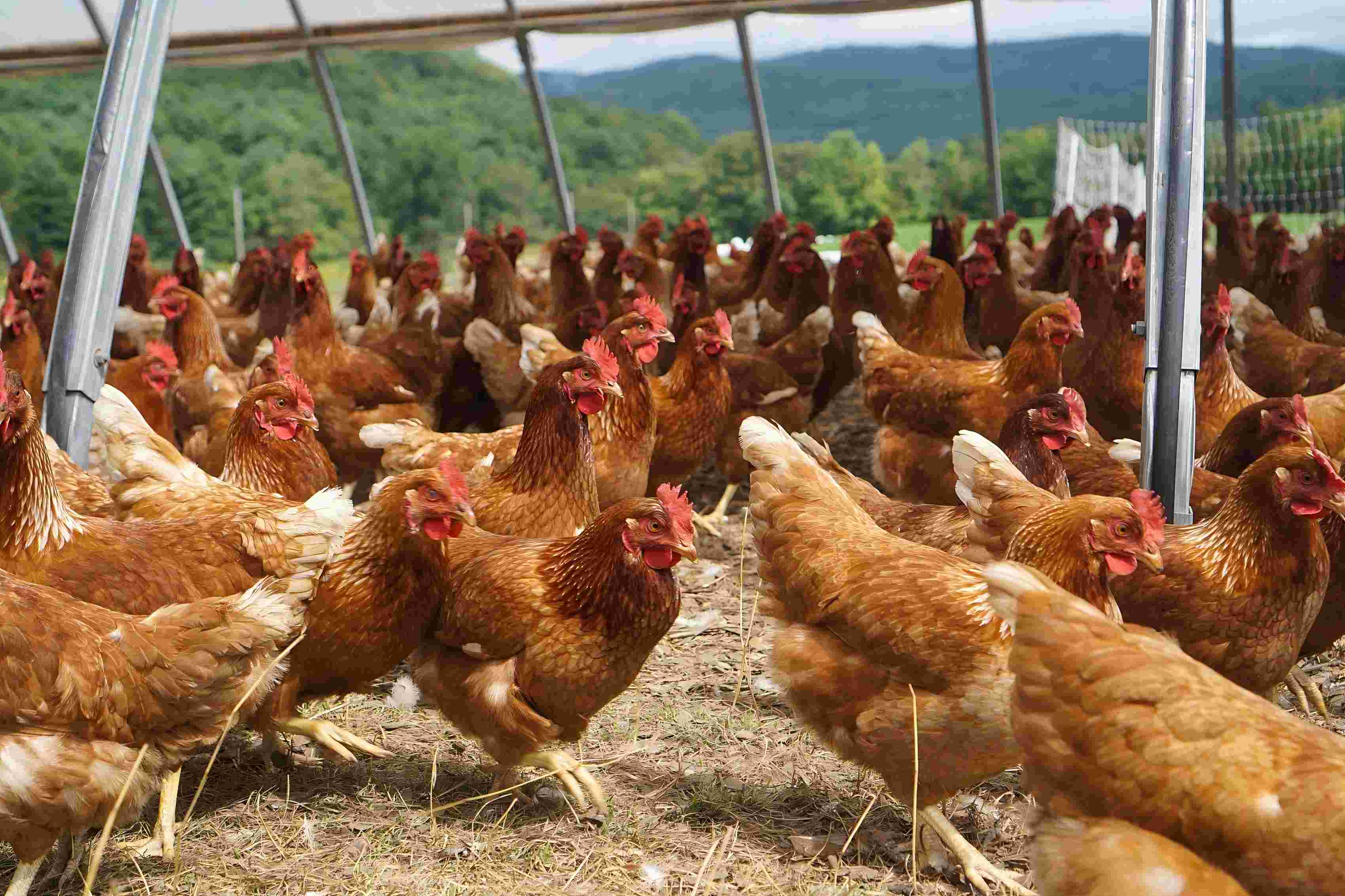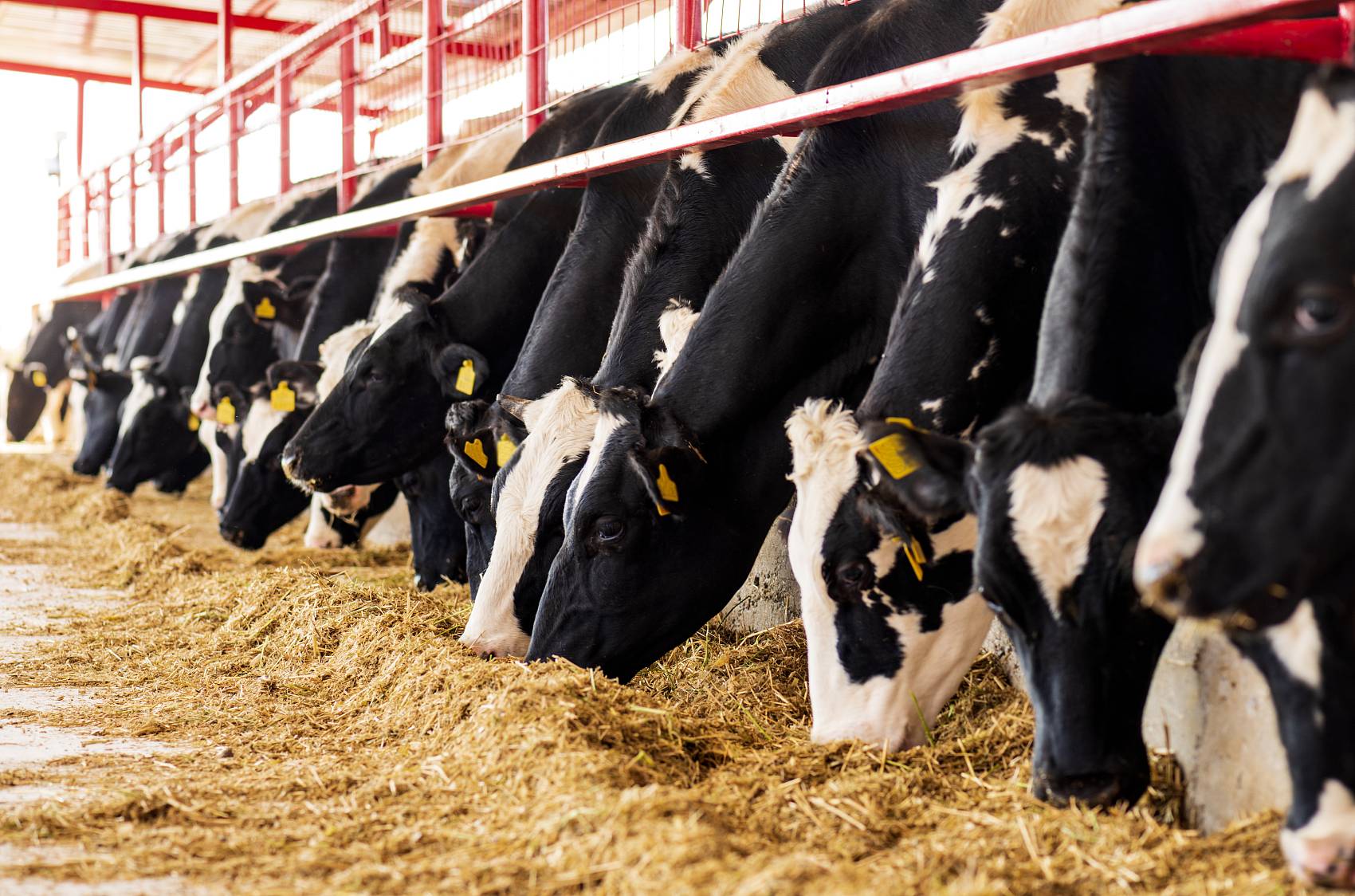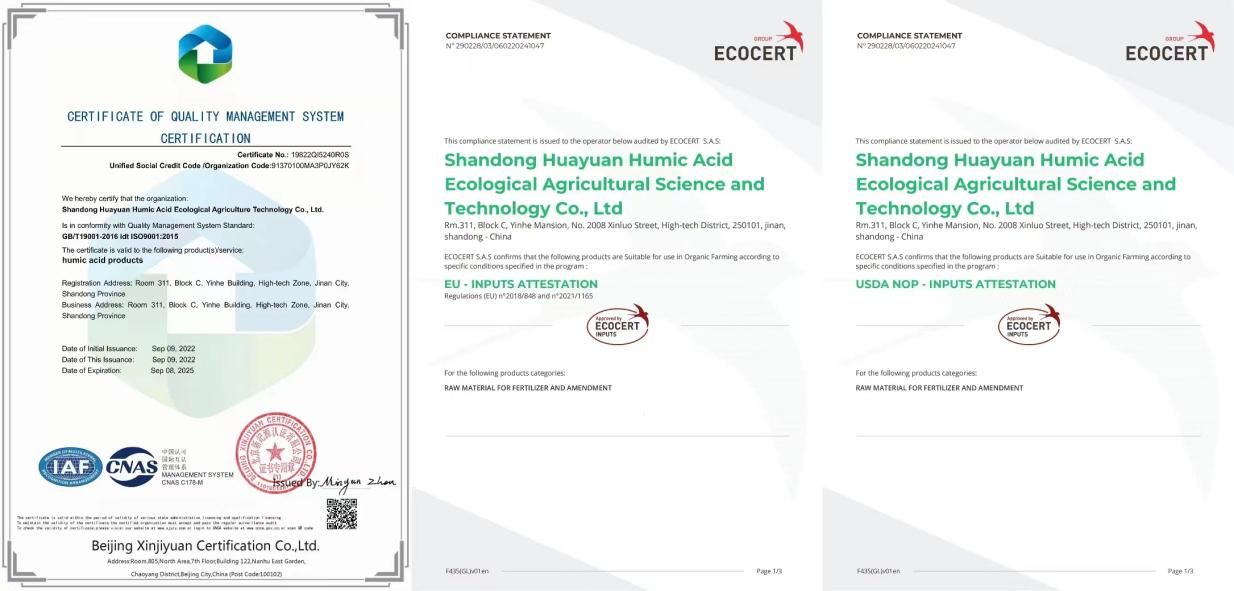Application of Sodium Humate in Farming
Source and properties of raw materials for the production of sodium humate for feed
The production of sodium humate for feed is to react sodium hydroxide with acidic functional groups such as carboxyl and hydroxyl in humic acid to generate sodium humate salt.
1. The main source of raw materials for sodium humate for feed
① Weathered coal
Weathered coal is outcropping coal, commonly known as "coal" and also called lead coal. Generally, it is the product of lignite, bituminous coal, and anthracite close to the surface or located in the surface layer, which has been subjected to the infiltration and weathering of sunlight, air, rain, snow, wind and sand in the atmosphere for a long time. It has a high humic acid content.
② Lignite
Lignite is the product of the second stage of the coal formation process, formed by peat through the diagenesis stage. The main difference between peat and lignite is that there is no undecomposed plant residue in lignite, the moisture content is reduced (under natural conditions, the moisture content of lignite is 30-60%, and 10-40% after air drying), and the carbon content is increased.
Mechanism of action of sodium humate for feed
1. It fully decomposes various complex molecular nutrients in feed and makes good organic combination, increases gastrointestinal digestion function, and promotes protein assimilation.
2. It improves the permeability of animal cell membranes and protoplasm, increases the water content of muscle cell gaps and cell water content, and causes the phenomenon of pigs with smooth hair and tender skin.
3. The adsorption of sodium humate makes feed nutrients pass through the intestines more slowly, enhances the absorption and digestion time, and improves the absorption rate of nutrients.
4. Sodium humate molecules are rich in nitrogen elements and have a strong absorption effect on amino groups, so that non-protein ammonium compounds in feed are fully utilized, and feed protein is converted into myosin to a high extent, exerting the growth potential of lean meat and increasing the proportion of lean meat; at the same time, the sodium humate molecules remaining in the intestine can also absorb NH3 and H2S in feces, which not only reduces the odor of feces, but also improves fertilizer efficiency by absorbing NH3.
5. The quinone groups contained in sodium humate participate in the body's redox process, making the animal's metabolism vigorous, promoting cell proliferation and accelerating growth.
6. Sodium humate has an antibacterial effect, inhibiting and killing pathogenic bacteria in the intestines, purifying the gastrointestinal environment, and maintaining the body's normal digestion and absorption functions.
7. Sodium humate can promote digestion and absorption, so that the mineral elements in the feed can be better absorbed and utilized, and give full play to the role of mineral elements and multiple vitamins.
8. Sodium humate itself has a polyphenol-quinone structure, which can interact with pathogens and exert pharmacological effects, and at the same time has a convergence effect on the intestinal mucosa. Because the structure of sodium humate contains various active groups, it can shrink blood vessels, reduce capillary permeability, and play an anti-inflammatory and hemostatic role. Sodium humate can also denature viral proteins, so it has an antiviral effect. The most important thing is that sodium humate has a significant effect in enhancing antibody immunity.
Application of Sodium Humate
1.Application and Instructions of Sodium Humate in Pig Farming
Relevant test units generally responded that pigs fed with sodium humate have increased appetite, love to sleep, do not turn over, do not jump over the fence, do not arch the wall, have ruddy skin, smooth fur, enhanced nutrition and health level, improved disease resistance, reduced the stench of the pig pen, improved the breeding environment, and have obvious effects on yellow and white diarrhea of piglets and prevention and treatment of gastrointestinal diseases, so that sows have a high litter rate, uniform size, and sufficient milk.
According to test statistics in Shandong, Xinjiang, Inner Mongolia, Shanxi, Jiangxi and other places, adding 0.5%-1% sodium humate to the diet, the average weight gain of the control group after 1-3 months of use is 12%-40%, especially for those slow-growing pigs. The weight gain is more obvious. In addition, according to the animal histological identification of relevant departments, pork fed with sodium humate has better meat quality.
2. Chicken and duck farming
① When used in poultry feed, it can increase the growth rate of chicks, increase daily weight gain by 26.7%, improve uniformity, improve uniformity, enhance specific and non-specific immunity of chicks, and increase the survival rate to 96-99.5%. It increases feed conversion by about one third and has good preventive and therapeutic effects on fowl plague, white diarrhea, coccidiosis, Salmonella, etc.
② Using sodium humate in the feed of laying ducks can advance the egg laying period by 3-10 days. The egg production rate during the peak production period can exceed 99%, and can be extended for more than 2 months. The longest egg laying period can be Up to about 300 days, the feed utilization rate increased by 14%, the feed-to-egg ratio was 2.37-2.3; the feed input was reduced by 5.5-5.2%, the effect is extremely significant, and the egg yellow color is good and slightly darker, and can reduce and completely eliminate the fishy smell in the egg. The eggshell strength and thickness are increased by 10.6-18% and 5.7% respectively compared with the control group. — 13%, the thickness of the eggshell sponge layer is significantly increased, the soft egg breaking rate is reduced by 50%, and it can prevent feather pecking, anal pecking, soft feet and other diseases, and reduce the production of excrement, nitrogen and ammonia.
③ Adding sodium humate to broiler and duck feed can prolong intestinal absorption time, improve feed utilization by 8-12%, increase weight by 7-20%, and make feathers smooth and neat. Each kilogram of increase can save 0.17-0.2kg of feed. The feed-to-meat ratio of seven-week-old poultry is 1.8-2.15. The group drug dosage is reduced by 26%, reducing drug residues, while increasing feed palatability, appetite, meat quality and commerciality. It has a good prevention and control effect on infectious bronchitis, laryngitis, white diarrhea, coccidiosis and salmonella, reduces excrement and odor, purifies the environment, and is marketed about 7 days earlier.
3. Cattle, sheep, deer and other animals
Animal husbandry has always been a major consumer of grain. Generally, 3-4kg and sometimes as many as 8kg of grain are needed to produce 1kg of beef. With the development of society, in order to reduce grain consumption and increase economic benefits, people began to use a large number of hormones and antibiotics to stimulate animal growth and increase production capacity. However, at the same time, food safety has also been in danger. Excessive use of antibiotic additives has caused the quality and taste of livestock products to drop sharply, seriously endangering human health and destroying the normal ecological environment. With the promotion and application of humic acid series additives, this drawback has been alleviated to a certain extent. The special functions of humic acid additives make it an umbrella and advocate for green product production. The adsorption and integration functions of humic acid additives can reduce and eliminate the residues of heavy metals and hormones in animals, thereby ensuring food safety from the source.
Sodium humate is used in beef cattle and dairy cows. Experiments have shown that it can make beef cattle's hair smooth and strong, and increase feed utilization by 5%. Sodium humate can increase feed utilization by 8-20%, increase daily weight gain of beef cattle by 8-10%, and be marketed 15-20 days earlier. It prevents diarrhea, makes feces solid, saves effort in cleaning the cowshed, reduces the odor of excrement, increases appetite, improves disease resistance, makes it less likely to suffer from urinary tract stones, has good meat color, and is fully qualified for export inspection.
4. Aquaculture
The most suitable pH range for fish ponds is 7.7-9.0. Sodium humate can be used as an additive to cultivate fish and shrimp, which can effectively adjust the pH value of the pond water, absorb methane and hydrogen sulfide (nitrite) and heavy metal ions in the water, purify the water body, improve water quality, regulate and promote the growth environment of effective algae and beneficial bacteria, kill and inhibit the growth of harmful bacteria, and feed fish and shrimp with sodium humate. The fish and shrimp will increase their food intake, gain weight rapidly, and significantly improve their survival rate. It has a significant weight gain effect on grass carp, silver carp, river crab, turtle and shrimp products, and its output ratio is higher than 1:52. For fish with white skin disease, saprolegniasis, scale injury, enteritis, etc., 0.2% sodium humate solution can be used to bathe them, and they will recover in 7-10 days, with a survival rate of 100%.
Shandong Huayuan Humic Acid uses high-quality Xinjiang weathered coal, with a humic acid content of 40%-70%, low impurity content, high weathering and oxidation degree, high content of active functional groups, and low content of heavy metals. It reacts with 95% sodium hydroxide in an aqueous solution, and the pH value is controlled at 8-10 to allow the humic acid and sodium hydroxide to fully react to prevent residual sodium hydroxide in the product, and then separate, dry, screen and package.

